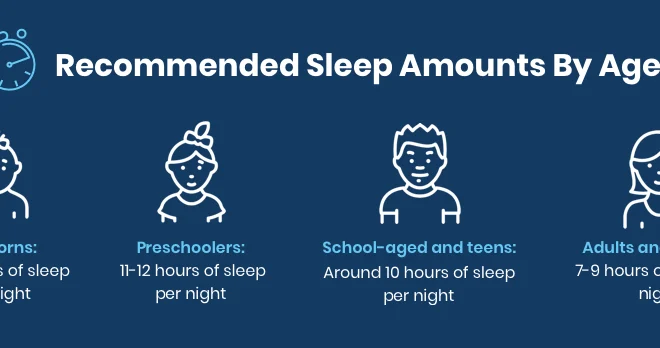Do Insurance Rates Go Up After a No-Fault Accident?

Introduction:
A common concern among drivers is whether their insurance rates will go up after a no-fault accident. Although it seems unfair for your premiums to increase even if you were not at fault, there are some factors at play that may affect your rates. In this article, we’ll explore the consequences of no-fault accidents on insurance rates and what you can do to prevent an unwanted increase.
What is a No-Fault Accident?
A no-fault accident refers to an incident in which there is no clear determination of blame or responsibility for the collision. In these cases, both parties involved in the accident are usually covered by their own respective insurance policies – regardless of who is actually at fault. This system is designed to simplify the claims process and prevent lengthy legal disputes.
Do Insurance Rates Go Up After a No-Fault Accident?
The impact of a no-fault accident on your insurance rates largely depends on your insurance provider’s policies and the specific circumstances surrounding the incident. Generally speaking, if you are involved in a no-fault accident, there is a possibility that your premiums may rise.
The reason behind this increase lies in the fact that insurance companies assess overall risk when determining rates. Although you may not have been directly responsible for the accident, being involved in one still increases your perceived risk level. As a result, insurers might raise your premiums to offset their potential cost exposure.
However, some insurance companies offer “accident forgiveness” programs that can protect you from rate increases after a first-at-fault or no-fault accident. These programs may come as optional coverage or are sometimes included in comprehensive policies as an added benefit.
How to Prevent an Insurance Rate Increase
While it’s not always possible to avoid rate increases after a no-fault accident, there are steps you can take to mitigate their impact:
1. Maintain a clean driving record: One of the most effective ways to keep your insurance rates low is to maintain a clean driving record. This means avoiding traffic violations and following safe driving practices.
2. Choose a policy with accident forgiveness: As mentioned earlier, some insurers offer accident forgiveness programs that can shield you from rate increases. Make sure to inquire about this feature when shopping for a policy.
3. Keep your claim history minimal: Insurance companies also take your claim history into account when determining your premiums. If you have multiple claims, including those from no-fault accidents, your rates may go up. Try to minimize claims by only filing them when absolutely necessary.
4. Increase your deductible: If you’re concerned about the potential rise in premiums, you could consider increasing your deductible. This means you’ll pay more out-of-pocket in case of an accident, but it can help keep your insurance rates in check.
5. Shop around for competitive rates: Each insurer has its own set of guidelines and algorithms for determining risk and premiums. Make sure to compare quotes from multiple insurance providers to ensure you’re receiving the best rate available.
Conclusion:
Though it may seem counterintuitive, insurance rates can go up after a no-fault accident due to insurers considering overall risk factors. However, by taking proactive steps such as maintaining a clean driving record, opting for accident forgiveness programs, and shopping around for competitive rates, you can minimize the chances of experiencing a significant rate increase after an accident that wasn’t your fault.






